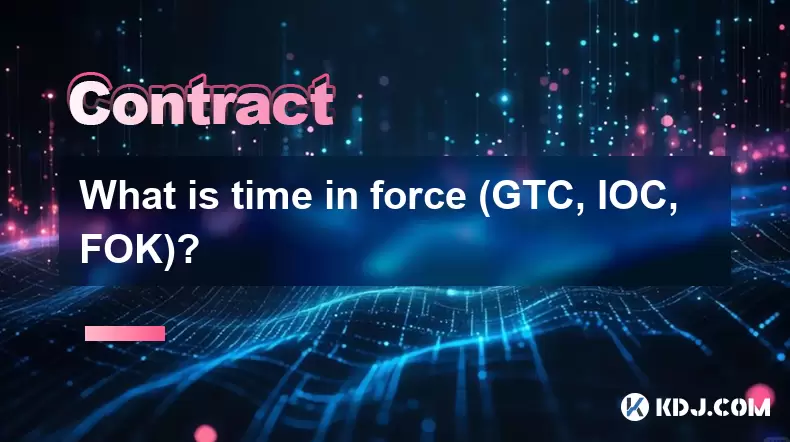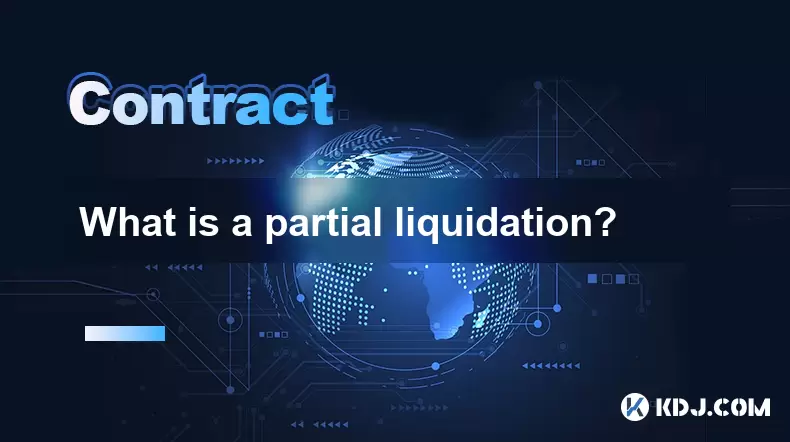-
 Bitcoin
Bitcoin $117900
-0.06% -
 Ethereum
Ethereum $3598
1.67% -
 XRP
XRP $3.433
0.63% -
 Tether USDt
Tether USDt $1.000
-0.02% -
 BNB
BNB $733.2
0.65% -
 Solana
Solana $176.9
-0.25% -
 USDC
USDC $0.9999
0.00% -
 Dogecoin
Dogecoin $0.2417
2.67% -
 TRON
TRON $0.3178
-2.25% -
 Cardano
Cardano $0.8310
2.11% -
 Hyperliquid
Hyperliquid $44.43
0.23% -
 Stellar
Stellar $0.4628
1.17% -
 Sui
Sui $3.852
2.09% -
 Chainlink
Chainlink $18.48
4.01% -
 Hedera
Hedera $0.2684
3.59% -
 Avalanche
Avalanche $24.57
4.87% -
 Bitcoin Cash
Bitcoin Cash $513.5
-0.02% -
 Shiba Inu
Shiba Inu $0.00001492
1.99% -
 Litecoin
Litecoin $113.2
11.61% -
 UNUS SED LEO
UNUS SED LEO $8.980
0.12% -
 Toncoin
Toncoin $3.211
0.51% -
 Polkadot
Polkadot $4.406
4.64% -
 Uniswap
Uniswap $10.16
0.26% -
 Monero
Monero $323.1
1.04% -
 Ethena USDe
Ethena USDe $1.001
-0.02% -
 Bitget Token
Bitget Token $4.936
1.21% -
 Pepe
Pepe $0.00001346
3.98% -
 Dai
Dai $1.000
-0.01% -
 Aave
Aave $318.9
-1.42% -
 Cronos
Cronos $0.1211
2.74%
How to understand the liquidation price?
In crypto trading, a liquidation price is the level at which a leveraged position automatically closes to prevent further losses when margin falls below requirements.
Jul 19, 2025 at 10:00 pm

What Is a Liquidation Price in Cryptocurrency Trading?
In the realm of cryptocurrency futures and margin trading, the liquidation price refers to the specific price level at which a trader's position is automatically closed by the exchange. This occurs when the trader is unable to meet the required margin for maintaining the leveraged position. The liquidation price acts as a safeguard for the exchange, ensuring that traders do not lose more than their deposited collateral.
When a trader opens a leveraged position, they borrow funds to increase their exposure. If the market moves against them and the value of their position drops below the maintenance margin level, the liquidation price is triggered. At this point, the system closes the position to prevent further losses.
How Is the Liquidation Price Calculated?
The liquidation price depends on several factors, including the leverage used, the size of the position, and the initial margin deposited. While different exchanges may use slightly different formulas, the general calculation involves determining the price at which the trader’s equity reaches zero.
Here is a simplified breakdown of the process:
- Determine the total value of the position by multiplying the entry price by the number of contracts or units.
- Calculate the maintenance margin requirement, which is a percentage of the total position value.
- Subtract the unrealized profit or loss from the account balance.
- Find the price level at which the remaining equity equals zero — this is the liquidation price.
Exchanges like Binance, Bybit, and Bitmex often provide a liquidation price indicator on their trading interfaces, allowing traders to monitor how close their positions are to being liquidated.
Why Is the Liquidation Price Important for Traders?
Understanding the liquidation price is crucial for managing risk in leveraged trading. A sudden market move can trigger liquidations quickly, especially in highly volatile markets like cryptocurrency. Traders who are unaware of their liquidation price may find themselves unexpectedly closed out of positions without realizing it.
By knowing their liquidation price, traders can:
- Set stop-loss orders effectively to avoid reaching the liquidation threshold.
- Adjust leverage to widen the distance between the current price and the liquidation price.
- Allocate capital more efficiently, ensuring they have enough buffer to withstand market fluctuations.
Traders should also be aware of "partial liquidations," where only a portion of their position is closed when the liquidation price is approached, rather than the entire position being closed at once.
Factors That Influence the Liquidation Price
Several variables affect where the liquidation price is set:
- Leverage: Higher leverage reduces the distance between the entry price and the liquidation price, increasing the risk of liquidation.
- Position size: Larger positions require more margin and are more susceptible to liquidation.
- Funding fees: In perpetual futures contracts, funding fees can gradually erode equity, pushing the liquidation price closer to the current market price.
- Market volatility: Sudden price swings can cause rapid liquidations, especially in illiquid markets or during news events.
- Exchange-specific rules: Different platforms have varying maintenance margin requirements and liquidation engines.
Traders must consider these factors when entering leveraged positions to avoid being caught off guard by an unexpected liquidation price.
How to Avoid Reaching the Liquidation Price?
Avoiding liquidation requires a combination of sound risk management and a clear understanding of one’s position. Here are some strategies traders can use:
- Use lower leverage: Reducing leverage increases the buffer between the current price and the liquidation price.
- Monitor margin balance closely: Keeping an eye on the margin level helps traders know when to add funds or reduce position size.
- Place stop-loss orders strategically: These can help limit losses before reaching the liquidation price.
- Diversify trading strategies: Avoid putting too much capital into a single leveraged trade.
- Use isolated margin: This allows traders to allocate a specific amount of margin to a position, limiting the impact of liquidation on the rest of the portfolio.
Some traders also use liquidation price calculators available on various platforms to simulate different scenarios and adjust their positions accordingly.
Common Misconceptions About the Liquidation Price
There are several misunderstandings surrounding the liquidation price:
Myth: Liquidation means losing all funds.
Reality: While liquidation closes the position, not all funds are necessarily lost. Some equity may remain depending on the exchange's liquidation process.Myth: Liquidation price is fixed once a position is opened.
Reality: The liquidation price can change dynamically based on unrealized profits or losses and margin adjustments.Myth: Only novice traders get liquidated.
Reality: Even experienced traders can face liquidation during periods of high volatility or due to technical issues.
Understanding these nuances helps traders make more informed decisions and avoid unnecessary panic when nearing the liquidation price.
Frequently Asked Questions
Q: Can the liquidation price change after opening a position?
Yes, the liquidation price can shift as the market moves and as unrealized profits or losses accumulate. Some exchanges also adjust the liquidation price based on changes in funding fees or maintenance margin requirements.
Q: What happens after a position is liquidated?
Once a position is liquidated, the system closes the trade and returns any remaining collateral to the trader’s account. The trader may also be charged a liquidation fee depending on the platform.
Q: Do all exchanges calculate the liquidation price the same way?
No, different exchanges use varying formulas and risk models. Some platforms offer more transparency and tools for tracking the liquidation price than others.
Q: Can I recover from a liquidation?
Yes, although the position is closed, traders can still open new positions if they have sufficient funds. It’s important to analyze what caused the liquidation and adjust strategies accordingly.
Disclaimer:info@kdj.com
The information provided is not trading advice. kdj.com does not assume any responsibility for any investments made based on the information provided in this article. Cryptocurrencies are highly volatile and it is highly recommended that you invest with caution after thorough research!
If you believe that the content used on this website infringes your copyright, please contact us immediately (info@kdj.com) and we will delete it promptly.
- XRP Mining, the GENIUS Act, and Coin Holders: A New Era?
- 2025-07-20 06:30:12
- Arctic Pablo Coin: Navigating the Icebound Estates Presale and Token Burn Strategy
- 2025-07-20 06:30:12
- Arctic Pablo Coin's Myth-Themed Presale: Icebound Estates and Beyond!
- 2025-07-20 06:50:12
- Snorter Token's Presale Success: Riding the GENIUS Act Wave in the Crypto World
- 2025-07-20 06:50:12
- PENGU Token's Breakout Momentum: Riding the Wave in a Bearish Market
- 2025-07-20 07:10:12
- Crypto's 100x Hunt in 2025: Beyond the Hype
- 2025-07-20 07:10:12
Related knowledge

What is a maker vs a taker fee?
Jul 19,2025 at 01:14am
Understanding the Basics of Cryptocurrency Exchange FeesIn the world of cryptocurrency trading, maker vs taker fees are a fundamental concept that eve...

How to analyze Bitcoin futures data from CME?
Jul 19,2025 at 05:22pm
Understanding Bitcoin Futures on CMEBitcoin futures on the CME Group (Chicago Mercantile Exchange) represent a regulated financial instrument that all...

How to understand the liquidation price?
Jul 19,2025 at 10:00pm
What Is a Liquidation Price in Cryptocurrency Trading?In the realm of cryptocurrency futures and margin trading, the liquidation price refers to the s...

What is time in force (GTC, IOC, FOK)?
Jul 19,2025 at 08:57am
Understanding Time in Force in Cryptocurrency TradingIn the world of cryptocurrency trading, the Time in Force (TIF) is a crucial parameter that deter...

What is a partial liquidation?
Jul 19,2025 at 01:49am
Understanding the Basics of Partial LiquidationIn the world of cryptocurrency trading, especially within leveraged positions, partial liquidation refe...

How to find good entry and exit points for Bitcoin futures?
Jul 19,2025 at 05:14pm
Understanding Bitcoin Futures and Their Unique CharacteristicsBitcoin futures are derivative contracts that allow traders to speculate on the future p...

What is a maker vs a taker fee?
Jul 19,2025 at 01:14am
Understanding the Basics of Cryptocurrency Exchange FeesIn the world of cryptocurrency trading, maker vs taker fees are a fundamental concept that eve...

How to analyze Bitcoin futures data from CME?
Jul 19,2025 at 05:22pm
Understanding Bitcoin Futures on CMEBitcoin futures on the CME Group (Chicago Mercantile Exchange) represent a regulated financial instrument that all...

How to understand the liquidation price?
Jul 19,2025 at 10:00pm
What Is a Liquidation Price in Cryptocurrency Trading?In the realm of cryptocurrency futures and margin trading, the liquidation price refers to the s...

What is time in force (GTC, IOC, FOK)?
Jul 19,2025 at 08:57am
Understanding Time in Force in Cryptocurrency TradingIn the world of cryptocurrency trading, the Time in Force (TIF) is a crucial parameter that deter...

What is a partial liquidation?
Jul 19,2025 at 01:49am
Understanding the Basics of Partial LiquidationIn the world of cryptocurrency trading, especially within leveraged positions, partial liquidation refe...

How to find good entry and exit points for Bitcoin futures?
Jul 19,2025 at 05:14pm
Understanding Bitcoin Futures and Their Unique CharacteristicsBitcoin futures are derivative contracts that allow traders to speculate on the future p...
See all articles

























































































